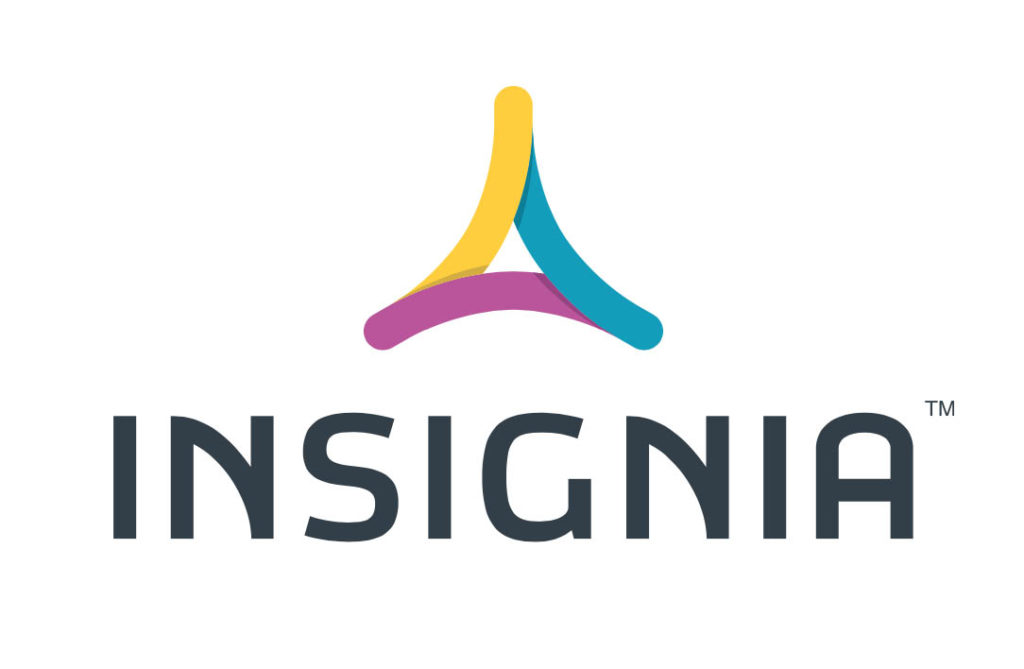Insignia Systems, famous as Insignia, is one of the three market leaders in the United States that dominates the promotional media service industry. The company was founded in 1990 in Minnesota, US by G.L. Hoffman and David Eiss. Insignia is a publicly-traded company that currently serves clients in the US region. It has a very experienced team comprised of shopper engagements experts who are thorough with everyday consumer behavior. The company mainly offers a point of sale in-store signs and promotional advertisements of various consumer packaged good businesses.
About Insignia Systems
Insignia Systems is one of the top 50 pop companies in North America according to Creative Magazine. The company has restricted itself to the US to date but it is one of the three dominating companies in its sector in the region. Insignia Systems is a company that is divided into two parts. One division is responsible for managing a direct relationship and engagements with retailers for placing signs in stores and the second division is responsible for marketing and providing these signs to the fast-moving consumer goods (consumer packaged good companies). These signs are placed in various retail locations.
During the COVID-19 pandemic, the company’s sales started declining, and currently, it is looking for any merger or acquisition so that the company remains afloat. In 2021, Insignia reported a net loss of $2.6 million for the first nine months. It might take some time for the company to recover, at least for the few upcoming quarters.

The Backstory of the Company
More than three decades ago when Insignia was founded on the 2nd of January 1990, the company started selling impulse signs machines. These machines could print in-store signs and labels and that was the primary focus of the company. One year after the company was founded, Insignia decided to go public in 1991 and started trading on NASDAQ. It started trading in the national market after a decade.
In 1993, new software was introduced as the precursor of the Insignia like which was known as the Stylus software. It was for Insignia’s POPS line and a few years later the impulse machine sold in the initial days was replaced by the SignRight machine. And, in 1998, Insignia’s POPS program became the featured product of the company. This program is the consumer-facing brand of the company where it consists of a sign mainly out up in the grocery stores. Through this POPS Program, Insignia has access to more than 23,000 stores all over the US.
Success
The POPS Program became the new face of the company and the reason why Insignia became famous rapidly. In the late 1990s, the sales of the company started dropping and it became a tough year to cope up. So, in May 1998, Insignia POPS signs were introduced in the market and it became the company’s primary focus. The company also decided to bring in new members into the leadership team as Scott Drill took the position of CEO in the company. It was under his leadership that the POPS business was established and executed properly. The business started growing so rapidly that from 1 million signs in 2001 to the number reached 14 million by next ten years. In 2006, the company also landed a long-term partnership with Valassis Communications for filling the in-store void for the company.
In 2011, Insignia became a part of the lawsuit that was between the company and News America Marketing. The ground of the lawsuit was engaging in various antitrust practices but after the settlement of the lawsuit, Insignia became the one and only third-party provider of in-store signs with the price. In the following years, Insignia has made its POP signs graphically customizable and also introduced The Like Machine as one of their marketing solutions.
Kristine Glancy – CEO of Insignia Solutions
Kristine Glancy is an experienced executive with more than twenty years of experience in the retail industry. She joined Insignia in 2016 and since then launched several new products. When Kristine joined the company, it was having a downward trend but under her leadership, the company reversed operating loss of nearly $3 million in 2018. She completed her bachelor’s from St. Mary’s University of San Antonio, Texas.

Annasha Dey is an NIT student, who apart from studying engineering is also a content writer. She has a great interest in photography, writing, reading novels, and travelling as well. She is a foodie who loves socializing and hanging out with her friends. She is also a trained Kathak dancer and a big fashion enthusiast. Dey also loves watching TV series, which includes F.R.I.E.N.D.S. and Big Bang Theory. To be a better writer she prefers to read more